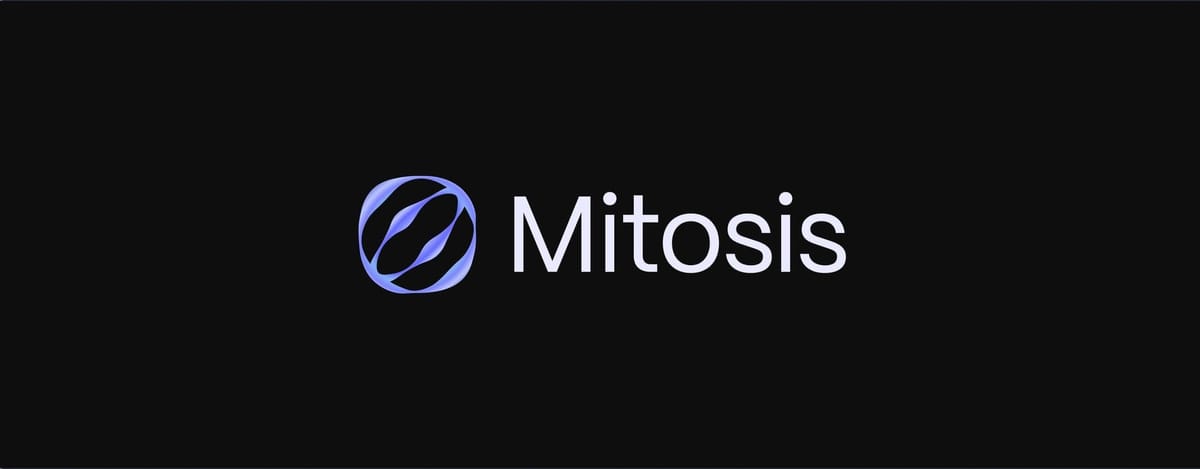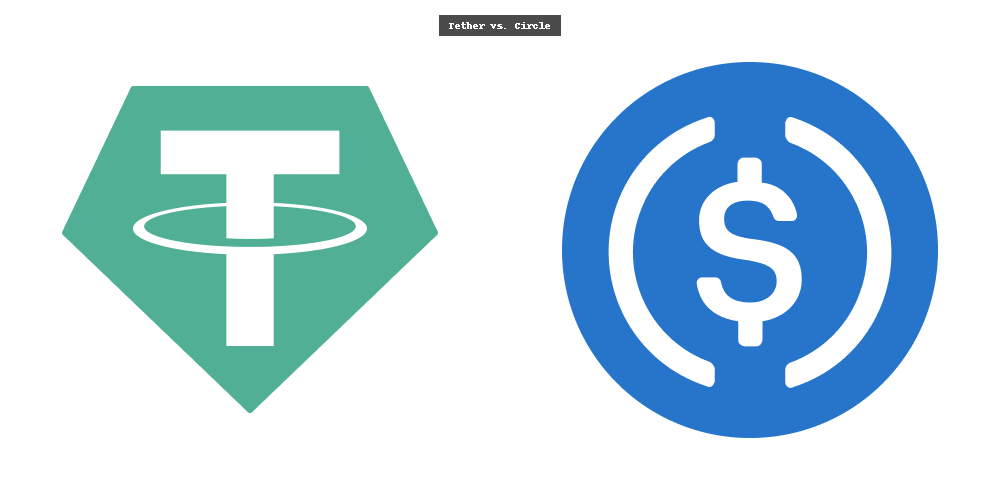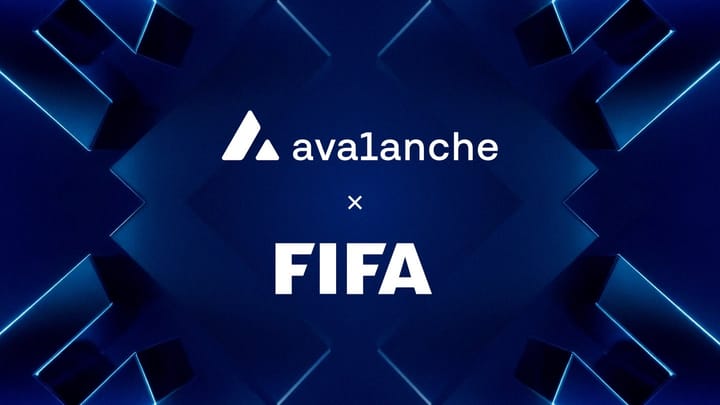5 Reasons Mitosis Is a Game-Changer for DeFi Builders

Decentralized Finance (DeFi) has come a long way since the early days of yield farming, lending, and decentralized exchanges. Builders have pushed the boundaries of what’s possible on the blockchain, but even with all the innovation, one big issue has held back growth: fragmentation. Liquidity, users, and applications remain stuck within individual chains, making it harder for builders to scale their projects smoothly.
That’s where Mitosis comes in. Instead of just being another DeFi protocol, Mitosis is creating a cross-chain liquidity engine that acts like the invisible force powering the next stage of DeFi. For builders, this changes everything.
Let’s go through five key reasons why Mitosis is a true game-changer for DeFi builders.
1. Borderless Liquidity: No More Siloed Chains
One of the biggest frustrations in DeFi today is that liquidity is scattered. Each chain feels like its own little island. Ethereum has liquidity, Solana has liquidity, Avalanche has liquidity but they don’t naturally talk to each other.
Builders often have to choose one chain to launch on, and that choice limits their project’s growth. If they want to expand, they’re forced to deal with bridges, wrapped assets, and complex deployments across multiple ecosystems. It’s messy, costly, and risky.
Mitosis solves this problem by creating borderless liquidity pools. Instead of builders needing to fight for liquidity on each chain separately, Mitosis lets liquidity flow across chains seamlessly.
👉 Think of it like this: Instead of opening multiple bank accounts in different countries to manage your money, you just have one global account that works everywhere. That’s what Mitosis is building for liquidity in DeFi.
For builders, this means:
- They can scale faster without worrying about chain-specific liquidity.
- Their users can access liquidity wherever they are.
- Projects instantly become multi-chain by design, not by brute force.
2. Programmable Yield: Builders Can Design Their Own Logic
DeFi yields have always been unpredictable. One week, farmers get 200% APY. The next week, yields crash to almost nothing. This volatility makes it hard for builders to create reliable products for their users.
Mitosis introduces programmable yield, a way for builders to design how liquidity works within their project. Instead of being stuck with whatever random yield farming opportunity is trending, builders can customize yield strategies directly into their applications.
For example:
- A lending platform could program a steady, predictable yield for depositors.
- A stablecoin protocol could design yield flows that stabilize its peg.
- A DeFi game could use yield mechanics to reward active players in a sustainable way.
It’s like going from “hoping the market gives you good returns” to “building your own rules for yield.”
This programmability gives builders superpowers, they’re no longer at the mercy of volatile farming trends. They can create products that last.
3. Safer Than Bridges: Reduced Risk for Builders and Users
If you’ve been in crypto long enough, you know the story: another bridge gets hacked, and hundreds of millions vanish overnight. Bridges were supposed to connect blockchains, but they’ve become one of the weakest points in DeFi.
For builders, this is a nightmare. How do you build a secure, long-term product when the infrastructure you rely on keeps breaking?
Mitosis takes a different approach. Instead of relying on risky bridges, it uses a cross-chain liquidity layer where assets don’t need to constantly hop between chains. Liquidity is unified, and applications can tap into it safely.
This reduces the attack surface dramatically. For builders, this means they can focus on building their products instead of worrying that their users’ funds could disappear in the next bridge exploit.
👉 Imagine trying to build a highway system where every bridge collapses every few months. That’s today’s DeFi. Mitosis is offering a foundation where the “roads” are safe and dependable.
4. Simpler User Experience: Builders Can Attract More Users
If you’ve ever tried explaining DeFi to a beginner, you know the pain. Switching wallets, bridging tokens, paying unpredictable gas fees, and hopping between chains is overwhelming.
Most users give up before they even get started. And that’s a huge problem for builders because even the best product can’t succeed if the user experience is too complex.
Mitosis changes this by making cross-chain interactions invisible to the user. Builders can integrate Mitosis into their applications so that users don’t have to worry about which chain they’re on.
Here’s what it looks like in practice:
- A user deposits assets into a DeFi app.
- Behind the scenes, Mitosis routes the liquidity to where it’s needed.
- The user just sees results, no bridges, no confusing steps.
This simplicity allows builders to reach a much bigger audience. Instead of catering only to hardcore DeFi veterans, they can create apps that feel as easy as using PayPal or Venmo.
For builders, that means higher adoption, more users, and faster growth.
5. Future-Proof Infrastructure: Builders Can Focus on Innovation
The crypto space evolves quickly. One year it’s yield farming, the next it’s NFTs, then it’s DeFi games, and now it’s real-world assets. Builders often struggle because they’re stuck maintaining infrastructure instead of innovating.
Mitosis offers a future-proof foundation. By handling liquidity at a cross-chain level, it ensures that builders don’t need to keep reinventing the wheel every time a new trend emerges.
Instead of worrying about whether their app will break when a new chain becomes popular, builders can trust Mitosis to handle the cross-chain part. They can focus entirely on innovating the unique features of their product.
It’s like having electricity in your house, you don’t need to build your own power plant. You just plug in and start creating.
Putting It All Together
When you look at all five reasons, a clear picture emerges:
- Borderless liquidity lets projects scale globally.
- Programmable yield gives builders control over sustainability.
- Safer infrastructure reduces risks tied to bridges.
- Simpler user experience opens the door to mass adoption.
- Future-proof design frees builders to focus on what they do best.
Mitosis isn’t just another protocol; it’s an engine for DeFi’s growth. It solves the invisible problems that have held builders back, and it opens the door to a world where cross-chain liquidity is as easy as opening an app.
Why This Matters for the Future of DeFi
The future of DeFi depends on builders. If they’re stuck fighting with fragmented liquidity, unstable yields, and broken bridges, the whole space slows down. But when builders have a strong foundation, they can create apps that onboard the next million (or billion) users into crypto.
Mitosis is that foundation. It makes the complex parts of DeFi simple, safe, and programmable so builders can create without limits.
And here’s the magic: when builders succeed, users succeed too. More stable yields, safer infrastructure, and smoother experiences mean more people will trust DeFi.
Final Thoughts
Every big leap in technology comes from solving the hidden problems. The internet didn’t explode in growth until Wi-Fi made it easy to connect. Smartphones didn’t take over until app stores made them simple to use.
In the same way, DeFi won’t fully reach its potential until liquidity, safety, and usability are solved.
Mitosis is solving those problems for builders. And when builders win, DeFi as a whole takes the next giant step forward.
That’s why Mitosis isn’t just a protocol, it’s the game-changer DeFi has been waiting for.



Comments ()